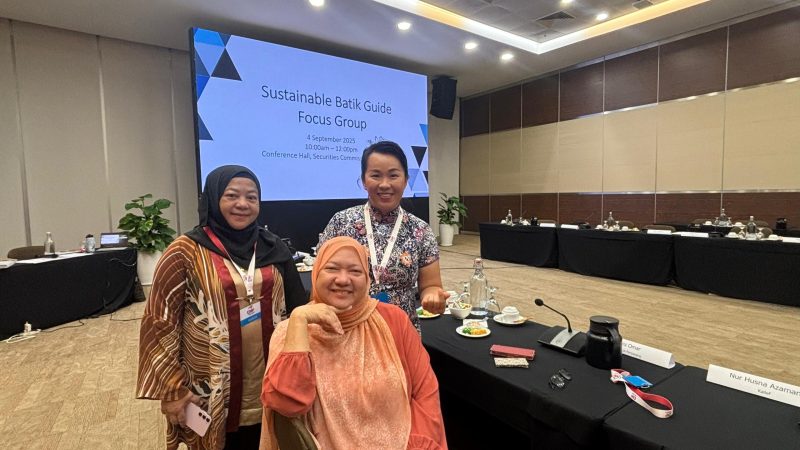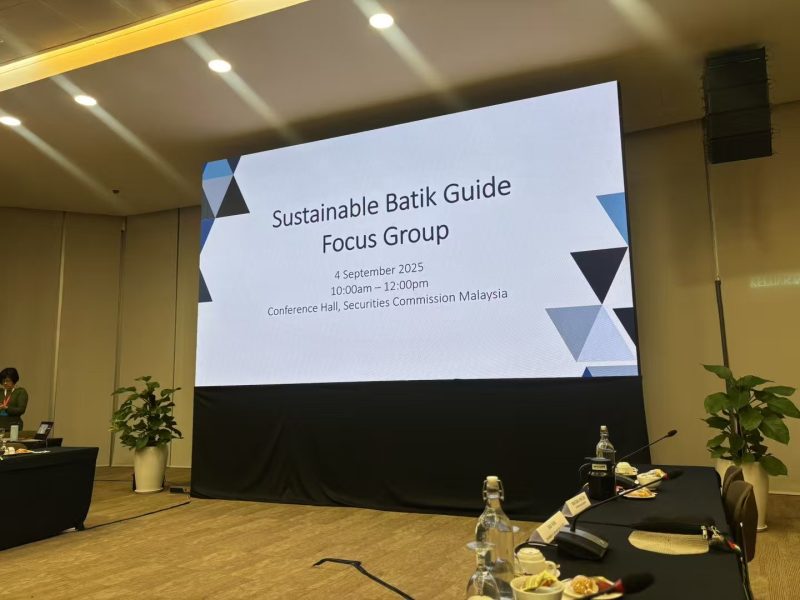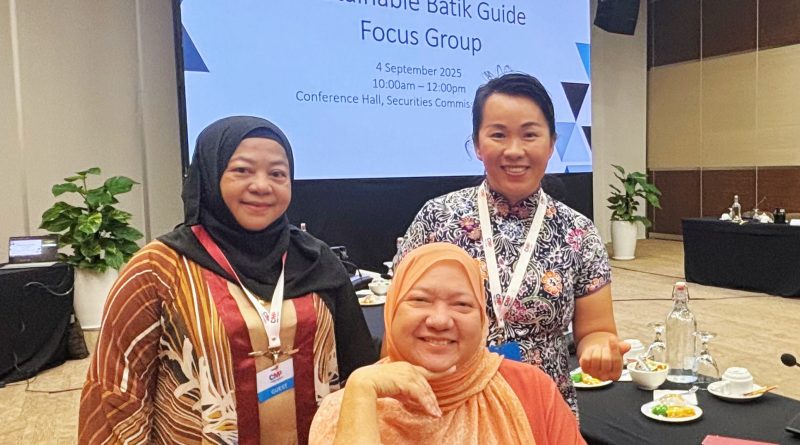Sustainable Batik Guide
A practical guide for eco-conscious batik artists and educators
🌿 1. Understanding Sustainable Batik
Sustainable batik means creating beautiful handmade batik while protecting the environment, supporting artisans, and preserving culture.
It focuses on:
- Using natural, non-toxic dyes
- Minimizing water and chemical waste
- Promoting ethical labor and fair trade
- Educating communities about eco-friendly craft practices
🧵 2. Eco-Friendly Materials
| Item | Sustainable Option | Why It Matters |
|---|---|---|
| Fabric | Organic cotton, bamboo fiber, silk, linen | Grown without harmful chemicals |
| Wax | Beeswax or soy wax blends | Natural and biodegradable |
| Dyes | Natural plant dyes (indigo, turmeric, mangosteen, mahogany bark, etc.) | Reduce chemical pollution |
| Tools | Wooden canting handles, copper stamps | Durable and reusable |
💧 3. Responsible Dyeing & Water Use
- Reuse rinse water where possible
- Collect rainwater for dyeing processes
- Avoid dumping dye waste into drains or rivers
- Filter used water through sand/charcoal before disposal
🌞 4. Energy Efficiency
- Use solar drying instead of electric dryers
- Heat wax using energy-efficient stoves
- Work outdoors in natural light
♻️ 5. Waste Reduction
- Save wax scraps for reuse
- Turn fabric offcuts into accessories (bookmarks, keychains, pouches)
- Compost natural dye residues
- Encourage upcycling batik fabric into new art or fashion pieces
👩🎨 6. Community & Education
- Train young artists in sustainable batik methods
- Support local artisans and cooperatives
- Share knowledge through workshops, school programs, and CSR events
- Celebrate cultural heritage while adapting modern sustainability values
🌏 7. myBatik Sustainability Commitment
At myBatik, we believe that art and nature can coexist in harmony.
We use natural materials, minimize waste, and train our participants to appreciate batik as a sustainable, cultural art form for future generations.



